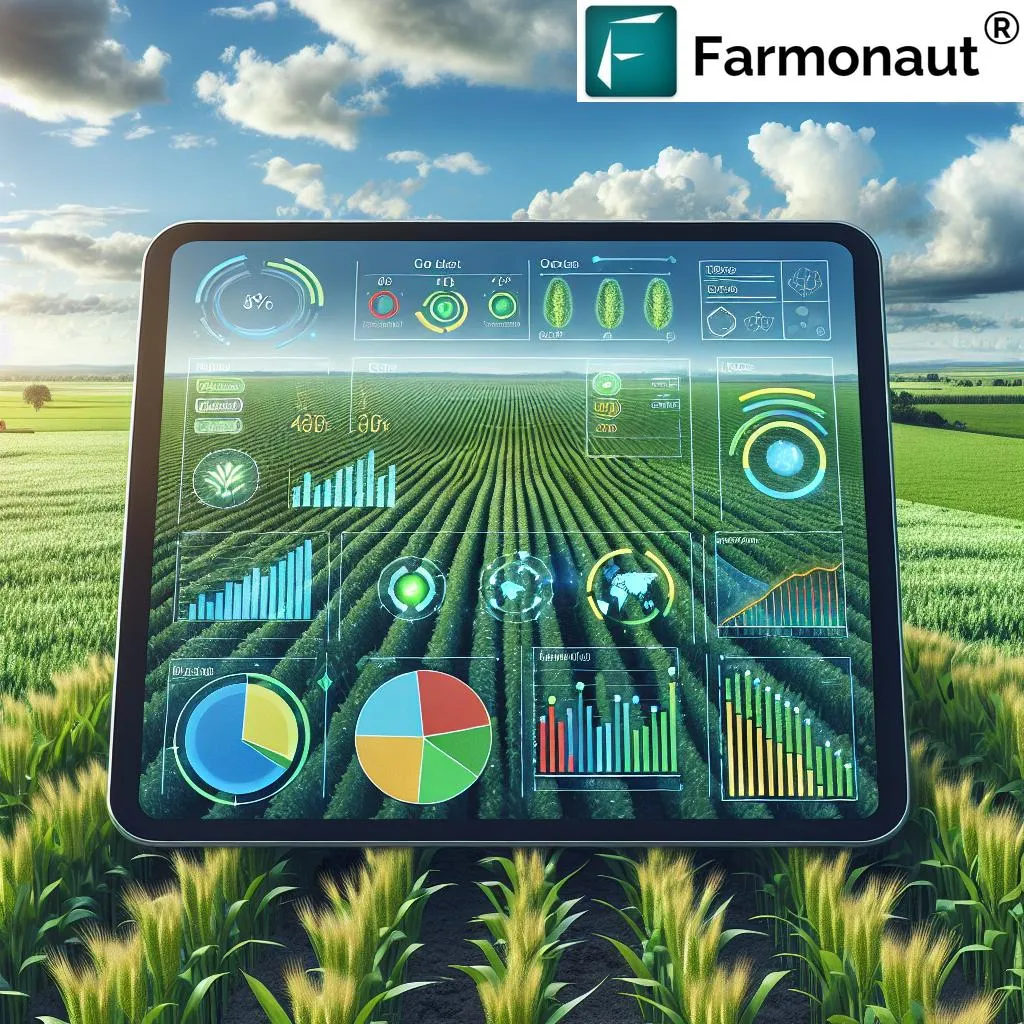In the heart of India’s burgeoning tech scene, a groundbreaking study led by Jyothi Vemunuri from the Department of Computer Science and Engineering at Anurag University in Hyderabad is set to revolutionize precision agriculture. The research, published in the journal ‘Smart Agricultural Technology’ (translated as ‘Intelligent Agricultural Technology’), introduces a biochemical-aware framework that promises to enhance crop yield prediction (CYP) with unprecedented accuracy.
Precision agriculture (PA) has long been touted as a game-changer in the agricultural sector, but existing deep learning (DL) models have overlooked a critical factor: urease activity (UA). UA, a biochemical process that affects soil health and nutrient availability, plays a pivotal role in crop growth and yield. By integrating UA analysis into their model, Vemunuri and her team have filled this gap, paving the way for more precise and reliable crop yield predictions.
The proposed framework is a multi-step process that begins with data collection and pre-processing. The team utilized a publicly available crop yield dataset, meticulously cleaning and preparing the data to improve its quality. Next, they reduced the data’s dimensionality and categorized the crops, setting the stage for the area vs chemical analysis (ACA) and UA prediction.
Here’s where things get interesting. The researchers employed an exponential Lorentzian-based fuzzy (EL-Fuzzy) logic system for ACA and UA prediction. “Fuzzy logic allows us to handle the uncertainty and imprecision inherent in agricultural data,” explains Vemunuri. “By incorporating UA into our model, we’ve added a biochemical layer that significantly improves prediction accuracy.”
Following the UA prediction, the team constructed a correlation heatmap and extracted relevant features. The final step involved using a transfer learning-based Symexp Frobenius Gated Recurrent Units (TL-SFGRU) model for crop yield prediction. The results were impressive, with the model achieving a mean squared error (MSE) of 0.1087, a root mean squared error (RMSE) of 0.3296, and a mean absolute error (MAE) of 0.1057. These metrics indicate a significant improvement over existing approaches, demonstrating the potential of the biochemical-aware framework.
So, what does this mean for the agricultural sector and beyond? For starters, precise and early crop yield predictions can help farmers make informed decisions about planting, harvesting, and resource allocation. This can lead to increased productivity, reduced waste, and improved profitability. Moreover, the integration of biochemical analysis into PA models opens up new avenues for research and development in the field.
As Vemunuri puts it, “Our research is just the beginning. By incorporating more biochemical and environmental factors into our models, we can continue to improve prediction accuracy and help farmers adapt to changing conditions.”
The commercial implications of this research are vast, particularly for the energy sector. As the world shifts towards renewable energy sources, the demand for biofuels is expected to rise. Accurate crop yield predictions can help biofuel producers plan their operations more efficiently, ensuring a steady supply of raw materials. Furthermore, the integration of biochemical analysis into PA models can lead to the development of new, more efficient biofuel crops, further boosting the sector’s growth.
In conclusion, Vemunuri’s research represents a significant step forward in the field of precision agriculture. By integrating biochemical analysis into their model, they have demonstrated the potential of a more holistic, data-driven approach to crop yield prediction. As the world grapples with the challenges of climate change and food security, this research offers a glimmer of hope, a testament to the power of innovation and the human spirit.

